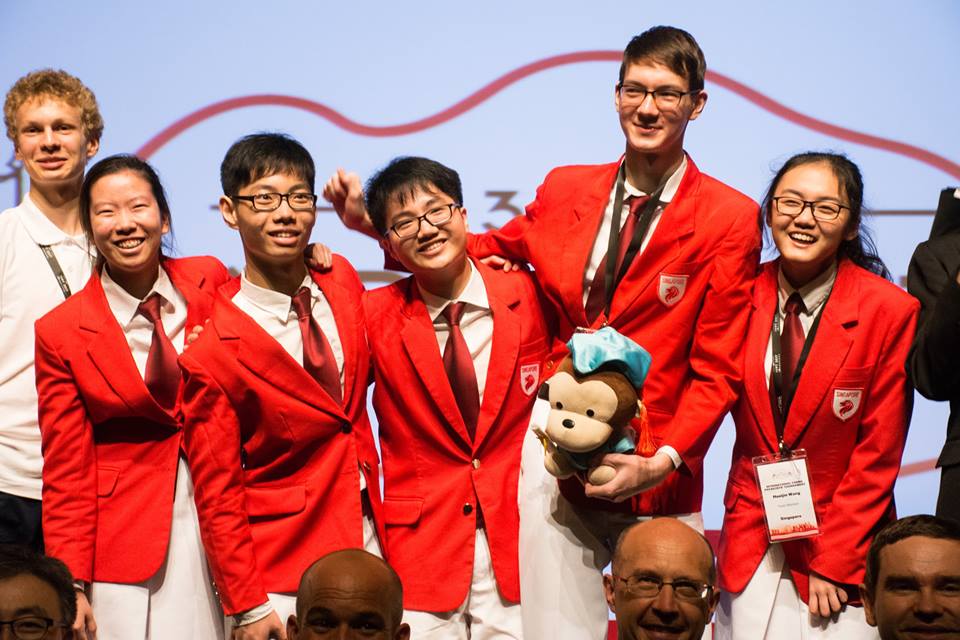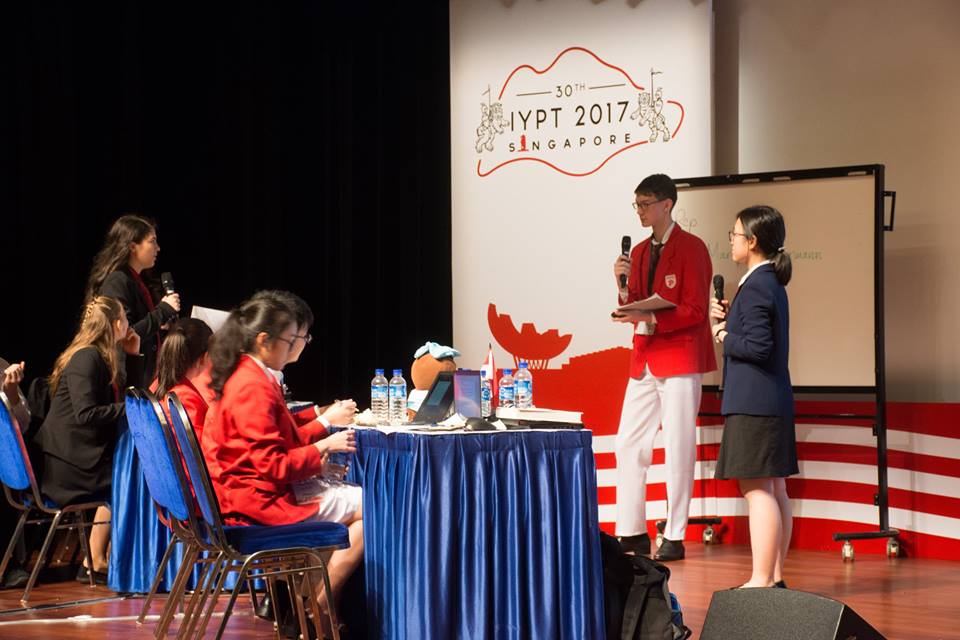Cars Drive His Passion for Physics
Cars Drive His Passion for Physics
As a child, Markus Lendermann had always been curious about how things around him worked. He especially liked observing cars and was fascinated by how the wheels of a vehicle change direction.
It drove him to construct a steering rack of a car with Lego blocks to better understand the machine’s mechanics. He was only 7 years old.
A decade later, at 17, the student shared: “I like to find explanations for things that happen around me. I didn’t know then that that was physics. But as I got older, I realised physics lets you explain things beautifully using mathematical equations.”

Markus’ interest in physics led him to join the NUS High School of Mathematics and Science (NUS High), a high school offering a specialised curriculum for maths and science.
Students at NUS High have opportunities to take part in maths and science competitions, work on research projects with institutions such as the National University of Singapore and the Agency for Science, Technology and Research (A*STAR), and co-author research publications.
The school is among the beneficiaries of Temasek Foundation Nurtures, which supports programmes focusing on education and professional development in areas such as sports, maths and science, music and performing arts. The foundation funds NUS High through its Tay Eng Soon Endowment, enabling students like Markus to pursue their passions in the sciences from a young age.
Markus, now in his sixth year, has already taken part in the International Young Physicists’ Tournament, known as the World Cup of physics, twice – in 2016 and 2017. Due to his experience, he was elected captain of the 2017 team. His team emerged the winner in both years.

The competition requires intense preparation. A list of 17 science problems is released a year in advance, and students work on them and present their solutions at the competition. Typically, each participant helms two or three problems, although the entire team gets together to discuss the more challenging questions and help each other out.
Last year, one problem asked participants to use non-invasive methods to detect the degree to which a hen’s egg is cooked by boiling. Participants have to prepare a report detailing their solution in theory and with mathematical equations, and defend their answers against other teams.
Markus’ team proposed a solution to spin the egg as a torsional pendulum , and shine a light on the egg to test its opacity – because the opacity of an egg changes when it is cooked.
“The physics part is just one aspect of the competition. You need to be very strategic because it is not realistic to attempt all 17 problems so you will have to decide which ones to throw away,” he shared. “You also need to know your opponents well to fight against them. Presentation skills are an important part of the competition.”
He is now preparing his juniors for the Singapore edition of the physics competition, which will qualify them for the international version. “I’m coaching them on things such as how to approach the problem, how to build an experiment setup, and how to prepare a good presentation. There is a lot of strategising involved in the physics fight.”
Despite being well occupied, Markus still makes time for his first love, cars – the very thing that led him to discover physics. But he has moved on from Lego blocks to more sophisticated motoring – watching Formula 1 races and participating in simulated racing.
